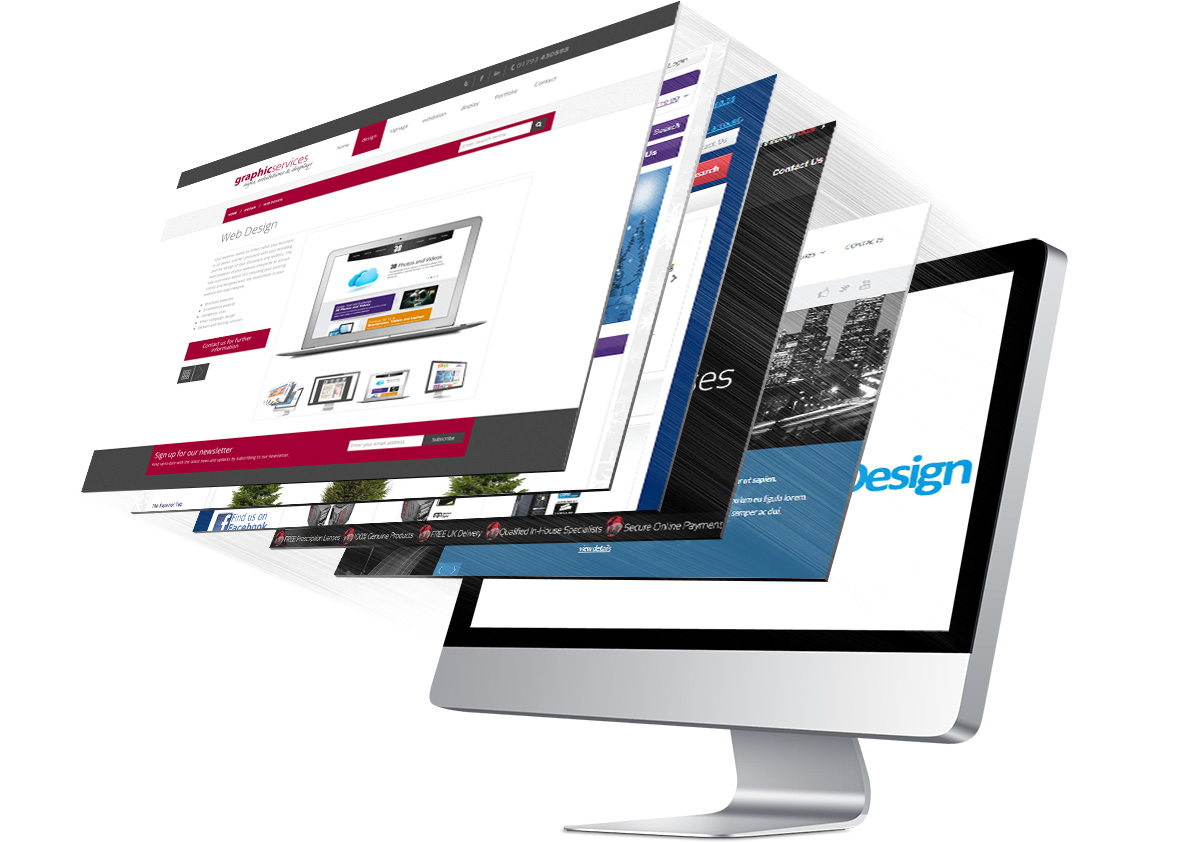6 Tips to Ensure Your E-Commerce Website is Designed to Sell
Buying goods and services online is becoming an increasingly popular phenomenon as the number of people using e-commerce websites is only witnessing a surge. While shopping online is very different from walking into a brick-and-mortar store and physically picking things out, there are several steps an e-commerce website can take to bridge the gap.
Successful e-commerce entrepreneurs realize the need to offer customers with a shopping experience which lives up to their expectations and maybe even surpass them to ensure repeat purchases. The e-commerce website design plays a crucial role in this.
Whether it is browsing through the products, selecting them or making a transaction, customers (understandably) will gravitate towards a website that offers them speed, convenience and reliability in their online actions.
A website that isn’t intuitive and lacks spontaneity can ruin the online shopping experience, which can cause the user to lose interest in navigating it. This can further lead to shopping cart abandonment, and generally make the website unpopular among the tribe of online shoppers. It is, therefore, important for e-commerce website designers to optimize their website for seamless product selection and completion of purchases.
The following are a few tips that can help you design your e-commerce website in a way that always delivers when it comes to driving sales, and leave buyers delighted.
1. E-commerce Website with Quick Loading Times
Wouldn’t it be extremely frustrating if you found a product you needed and considered buying it, only to realize that the product description/pricing information or a full-size product image is missing or refuses to load?
One of the biggest turnoffs for online shoppers is having to endure a website that is slow to load, or displays incomplete information. It is vital that the website’s pages are scaled down in a way that allows them to load and display content faster.
This should further be supplemented with efforts to provide users with all the information they need to make a purchasing decision.
2. Banish Pop-Ups
How many times have you been interrupted by unwanted and annoying pop-up windows while browsing through websites or getting into a purchase? While sometimes these pop-ups do contain important information, most of the time they’re a nuisance.
When it comes to e-commerce websites, a pop-up ad that occupies the majority of screen space and hinders users from moving on to the next step in the purchase process, will only hinder the overall shopping experience and egg customers on to abandon their shopping cart.
It is best to steer clear of ads of this kind. However, if you must place content on pop-ups, make sure the pop-up window is displayed for only a few seconds, is easy to close or navigate away from, and is small enough to not interfere with the purchase process.
3. Updated Inventory Records
Few things are more exasperating for a buyer than adding an item to his shopping cart, only to be told that it is out of stock. This can be disastrous; as you can immediately lose your customer’s interest over this. It is crucial that the availability of the products is conspicuously displayed at all times.
In case the product isn’t available, you can have your customers enter their contact information in a designated field to receive a notification of its availability, once it is back in stock.
4. Optimize, Optimize, Optimize
As the use of PCs and laptops are slowly but steadily declining, tablets and smartphones are quickly taking their places.
In fact, most people, especially those always on the go, prefer to use these mobile/wireless devices to browse the Web, read their emails, download content, play games and even shop.
Hence, your e-commerce website should be optimized for them. A seamless shopping experience on these devices will help you secure a good share of this essential channel.
5. Make Things Easy
Having too many pages between your product page and transaction confirmation page will only make buying from you complicated and arduous, which in turn, will kill your conversion rate. If the customer is on the checkout page, make it easy for him to finish his transaction as quickly and efficiently as possible.
This also applies to having distractions/interruptions in the purchase process as that will take them away from your purchase funnel. Don’t whisk them far away from the checkout page just because they clicked on a recommended item. Similarly, don’t interrupt them with links to your blog either. Let the customer finish his transaction before you take him anywhere else.
6. Focus on Online Customer Service
You can make use of your website to create customer delight through customer service. Place all the information your customers are going to need on your website when buying from you. Whether it is product description, usage instruction, pricing information or other supplementary content, make things as clear as possible to them.
Engage your customers through all channels. Social media can play a big role here. Invite their comments, complaints and concerns, be open to taking questions and providing quick answers/solutions.
Most importantly, keep your website content authentic, unless you want to invite Google penalties. Placing unoriginal content or fake reviews is a strict no-no.
Conclusion
Designing an e-commerce website that captures the imagination as well as the trust of the users is challenging, yet do-able. There needs to be a delicate balance of several factors, failing which can put you out of business. The above tips should help you understand the nuances of a well-designed e-commerce website, thereby reaping considerably higher conversion rates and enjoying a bigger piece of the pie in every way possible.
Source: smallbusinesscan.com




